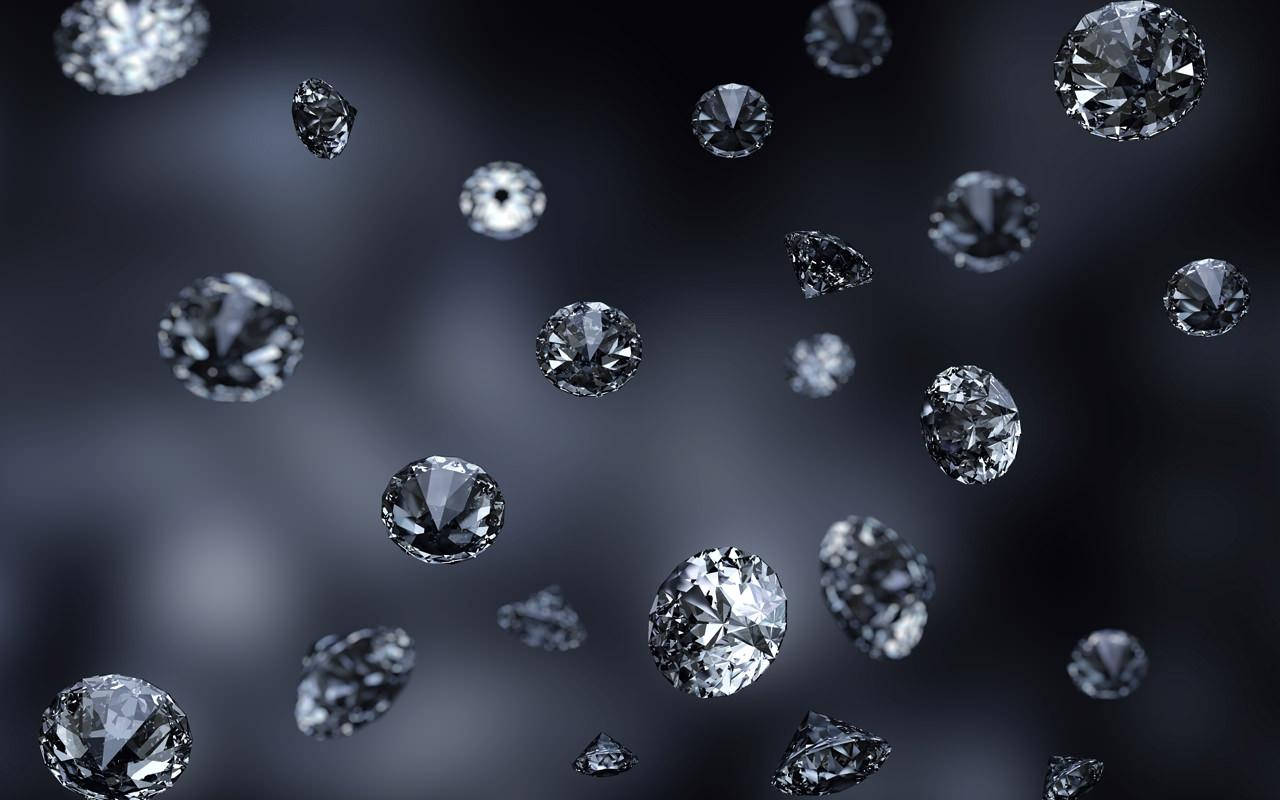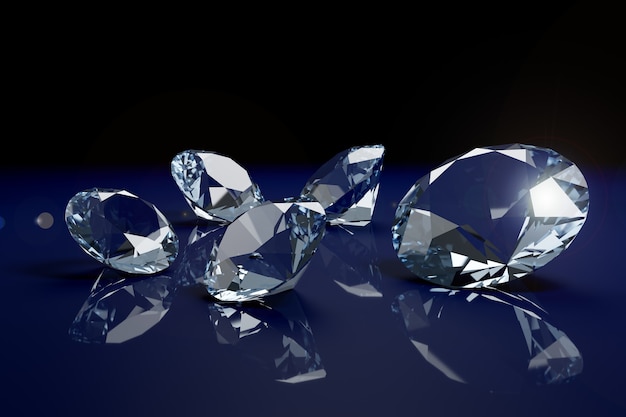
When buying a lab-grown diamond, one of the most important factors to consider is the certification and grading report. Two of the most respected diamond grading institutions are the International Gemological Institute (IGI) and the Gemological Institute of America (GIA). Both are trusted names in the diamond industry, but when it comes to grading lab-grown diamonds, there are some key differences between the two. Understanding these distinctions is essential to making an informed decision when purchasing a lab grown diamond.
In this article, we will compare IGI and GIA certifications for lab-grown diamonds, examining their grading systems, processes, and reliability.
The Role of Diamond Certification
Before diving into the differences between IGI and GIA, it’s important to understand why certification matters when purchasing a lab-grown diamond. A diamond certification (or grading report) provides an unbiased assessment of the diamond’s quality based on the 4Cs: Cut, Color, Clarity, and Carat weight. This report ensures that you’re getting exactly what you pay for, and it serves as a guarantee of the diamond’s authenticity and quality.
For lab-grown diamonds, certification is just as crucial as for natural diamonds, ensuring that consumers receive accurate information about the stone they are purchasing.
What is IGI?
The International Gemological Institute (IGI) was founded in 1975 and has become one of the most recognized names in diamond grading worldwide. IGI offers grading services for both natural and lab-grown diamonds, and its certificates are highly regarded by consumers and jewelers alike.
IGI’s Approach to Lab-Grown Diamonds
Full Grading Reports: IGI provides a comprehensive analysis of lab-grown diamonds, grading them based on the 4Cs just like natural diamonds.
Clarity in Origin: IGI clearly states whether a diamond is lab-grown or natural, so buyers are fully informed about the diamond’s origin.
Consistency: IGI is known for its consistent and reliable grading, making it a popular choice for retailers offering lab-grown diamonds.
IGI Certification for Lab-Grown Diamonds
When grading lab-grown diamonds, IGI uses the same standards and methodology as it does for natural diamonds. The IGI certification includes:
4C Grading: An analysis of the diamond’s Cut, Color, Clarity, and Carat weight.
Laser Inscription: IGI certifies many lab-grown diamonds with a laser inscription that identifies the diamond as lab-grown, adding an extra level of transparency for consumers.
Diamond Plot: A diagram that marks the diamond’s internal and external features, such as inclusions and blemishes, allowing consumers to visualize the stone’s characteristics.
Popularity of IGI Certification
IGI has become the preferred grading institution for lab-grown diamonds, largely due to its consistent grading and widespread recognition in the industry. Many jewelers and retailers offering lab-grown diamonds rely on IGI certificates, making it one of the most common certifications for synthetic diamonds.
What is GIA?
The Gemological Institute of America (GIA) is the most prestigious diamond grading authority in the world, renowned for its strict standards and detailed grading reports. Founded in 1931, GIA set the global standard for diamond grading with its introduction of the 4Cs grading system, which is now universally used by the industry.
GIA’s Approach to Lab-Grown Diamonds
While GIA is considered the gold standard for grading natural diamonds, its approach to lab-grown diamonds has evolved over time:
Initial Reluctance: For years, GIA hesitated to fully embrace lab-grown diamonds, providing limited information on their certificates for synthetic stones.
Changes in 2019: In 2019, GIA updated its certification process for lab-grown diamonds, offering full grading reports that now align with those for natural diamonds.
GIA Certification for Lab-Grown Diamonds
GIA now provides complete grading reports for lab-grown diamonds, offering similar information to its natural diamond certificates:
4C Grading: GIA grades lab-grown diamonds using the 4Cs, providing an in-depth analysis of the stone’s Cut, Color, Clarity, and Carat weight.
Identification as Lab-Grown: Like IGI, GIA clearly identifies diamonds as lab-grown on its certificates.
Origin Disclosure: GIA reports also mention the method used to grow the diamond, whether CVD (Chemical Vapor Deposition) or HPHT (High Pressure High Temperature).
While GIA has adjusted its approach to grading lab-grown diamonds, it still holds a reputation for being more conservative than IGI in its assessment.
Comparing IGI and GIA for Lab-Grown Diamonds
Grading Standards
Both IGI and GIA grade lab-grown diamonds based on the 4Cs, but their standards may differ slightly:
IGI tends to be more liberal with certain grades, especially with clarity and color, meaning some diamonds certified by IGI may receive slightly lower grades if graded by GIA.
GIA, on the other hand, is known for its strict grading standards, often being more conservative, which can result in lower color and clarity grades for the same diamond.
Transparency and Detail
IGI: Offers detailed reports, including a full plot of inclusions and blemishes, which makes it easy for buyers to understand the diamond’s internal and external characteristics. IGI is more focused on transparency, especially with the laser inscription on lab-grown diamonds, which helps consumers verify the diamond’s synthetic origin.
GIA: While GIA now provides full grading reports for lab-grown diamonds, it historically lagged in this area compared to IGI. GIA reports do offer excellent detail, but some consumers find IGI’s transparency regarding lab-grown diamonds more appealing.
Price Considerations
One notable distinction between IGI and GIA certifications is that diamonds graded by IGI tend to be priced lower than those with GIA certifications. This is largely due to GIA’s prestige and more stringent grading standards, which give GIA-certified diamonds a perceived higher value in the marketplace.
For lab-grown diamonds, this means that an IGI-certified diamond might be more affordable while still maintaining excellent quality. However, some buyers prefer the added assurance of a GIA-certified diamond, even if it comes at a premium.
Which Certification Should You Choose for Lab-Grown Diamonds?
Choosing between IGI and GIA for your lab-grown diamond depends on your priorities:
IGI is a great option if you’re looking for consistent grading and affordability. Its wide acceptance in the lab-grown diamond market makes it a trusted choice for many consumers, particularly those seeking cost-effective diamonds with a reliable certification.
GIA remains the industry leader in diamond grading, and for those who want the most stringent and reputable certification, GIA is the top choice. While GIA-certified lab-grown diamonds may come with a higher price tag, many consumers feel more confident in the stricter grading standards and global recognition of the GIA name.
Conclusion: IGI vs. GIA for Lab-Grown Diamonds
Both IGI and GIA provide reliable, comprehensive reports for lab-grown diamonds, but each has its strengths. IGI offers excellent transparency and affordability, making it a popular choice in the lab-grown diamond market. On the other hand, GIA offers more conservative grading and is widely considered the gold standard in diamond certification, making it a prestigious option for those seeking the highest level of assurance.
When selecting a lab-grown diamond, consider your budget, priorities, and the level of detail you prefer in a grading report. Whether you choose an IGI-certified diamond or a GIA-certified diamond, you can rest assured that both institutions offer reliable assessments of your stone’s quality and characteristics.



